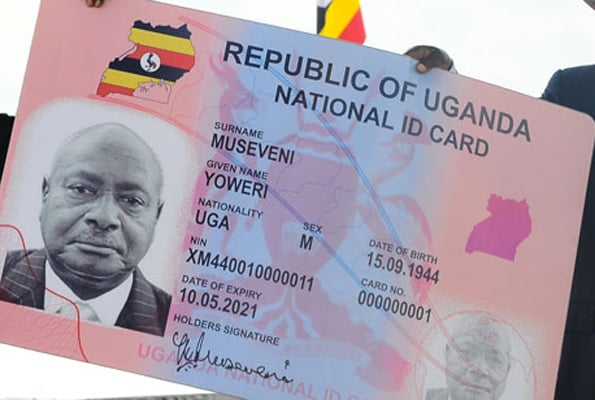Recent legal developments in Denmark and Scotland have sparked a contentious debate surrounding the placement of transgender individuals in correctional facilities. This article delves into the case of Isla Bryson, a Danish transgender woman convicted of rape, exploring the legal complexities and societal implications surrounding her placement in a men’s prison.
Isla Bryson, formerly known as Adam Graham, was convicted of raping two women prior to her gender transition. While serving her sentence in a Danish prison, Bryson legally changed her gender from male to female in 2015. However, a recent ruling by an appeals court determined that she should continue her incarceration in a men’s prison, citing concerns over the safety of female inmates.
The Eastern High Court in Denmark deliberated on Bryson’s case, emphasizing the significant security risk she posed to female prisoners as the justification for her placement in a male correctional facility. The court interpreted the law’s reference to gender as pertaining to biological sex rather than legal gender. This ruling sheds light on the challenges of accommodating transgender individuals within prison systems, particularly when considering the welfare of other inmates.
A parallel controversy emerged in Scotland when Isla Bryson was initially placed in Cornton Vale, a women’s prison. However, concerns arose regarding the safety of female inmates, prompting First Minister Nicola Sturgeon to transfer Bryson to HMP Edinburgh, a men’s prison. It’s worth noting that the recent legislative changes in Scotland aimed at streamlining gender recognition did not influence the final decision regarding Bryson’s placement.
Both Denmark and Scotland prioritize individual risk assessments to determine the appropriate placement of transgender prisoners. These evaluations take into account various factors, including the nature of the committed crimes and potential risks to other inmates. Throughout this process, ensuring the well-being of all prisoners remains a paramount concern.
The case has sparked a lively public discourse about the appropriate housing of transgender prisoners, particularly those convicted of sex crimes. Some argue that rapists should never be incarcerated in women’s prisons to uphold the safety of female inmates. Conversely, others emphasize the importance of conducting meticulous risk assessments on a case-by-case basis. The case of Isla Bryson, a transgender woman facing placement in a men’s prison, has brought forth complex legal and societal questions. Striking a balance between the rights of transgender individuals and the safety of other prisoners presents a significant challenge for legal systems worldwide. As these discussions continue, it is crucial to adopt a nuanced and equitable approach that considers the unique circumstances of each case.















